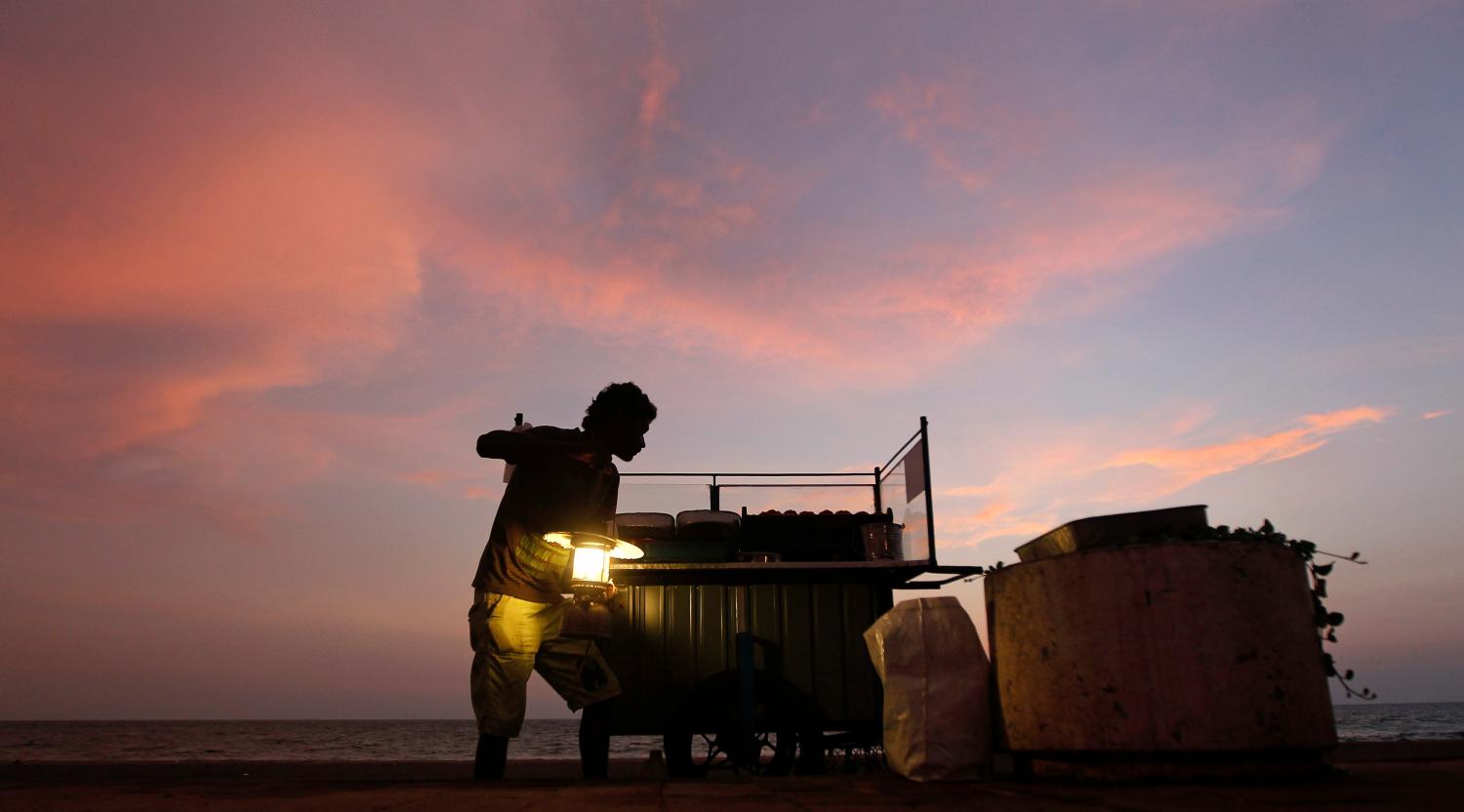Replacing inefficient kerosene lighting with electric lighting or other clean alternatives can rapidly achieve development and energy access goals, save money and reduce climate warming. Many of the 250 million households that lack reliable access to electricity rely on inefficient and dangerous simple wick lamps and other kerosene-fueled light sources, using 4 to 25 billion liters of kerosene annually to meet basic lighting needs. Kerosene costs can be a significant household expense and subsidies are expensive. New information on kerosene lamp emissions reveals that their climate impacts are substantial. Eliminating current annual black carbon emissions would provide a climate benefit equivalent to 5 gigatons of carbon dioxide reductions over the next 20 years. Robust and low-cost technologies for supplanting simple wick and other kerosene-fueled lamps exist and are easily distributed and scalable. Improving household lighting offers a low-cost opportunity to improve development, cool the climate and reduce costs.
Kerosene Lighting Climate Change Impact Has Been Substantially Underestimated
About 250 million households comprising 1.3 billion people lacked reliable access to electricity to meet basic lighting needs in 2010 (IEA, 2012). As a result, kerosene-fueled simple wick lamps and other kerosene fueled lamps are often the sole source of illumination for studying or income-generating work after sundown. To fuel these lighting sources, households consume an estimated 4 to 25 billion liters of kerosene per year (Lam et al., 2012a; UNEP, 2013). In South Asian and African countries, lighting demands account for 25 to 30 percent of kerosene consumed in the residential sector (Lam et al., 2012a). The development benefits of improved lighting for people without grid-electrification are well known (UNEP, 2013; IIASA, 2012) and new research indicates that such improvements may also provide substantially higher environmental benefits. Simple kerosene lamps, used in regions with limited or no access to electricity, are now understood to be a significant global source of atmospheric black carbon (BC), a strong climate warmer (see box: What is Black Carbon?). Almost one-tenth of the fuel burned in these kerosene lamps is converted to BC particles (Lam, et al., 2012a). By comparison, a diesel engine emits only about one-thousandth of the original fuel as particles. While many other sources of BC also emit light colored particles that have an offsetting cooling effect, the emissions from kerosene lamps are almost entirely BC and carbon dioxide (CO2), both of which warm the climate.
The development benefits of improved lighting for people without grid-electrification are well known (UNEP,2013; IIASA, 2012) and new research indicates that such improvements may also provide substantially higher environmental benefits. Simple kerosene lamps, used in regions with limited or no access to electricity, are now understood to be a significant global source of atmospheric black carbon (BC), a strong climate warmer. Almost one-tenth of the fuel burned in these kerosene lamps is converted to BC particles (Lam, et al., 2012a). By comparison, a diesel engine emits only about one-thousandth of the original fuel as particles. While many other sources of BC also emit light colored particles that have an offsetting cooling effect, the emissions from kerosene lamps are almost entirely BC and carbon dioxide (CO2),both of which warm the climate.




